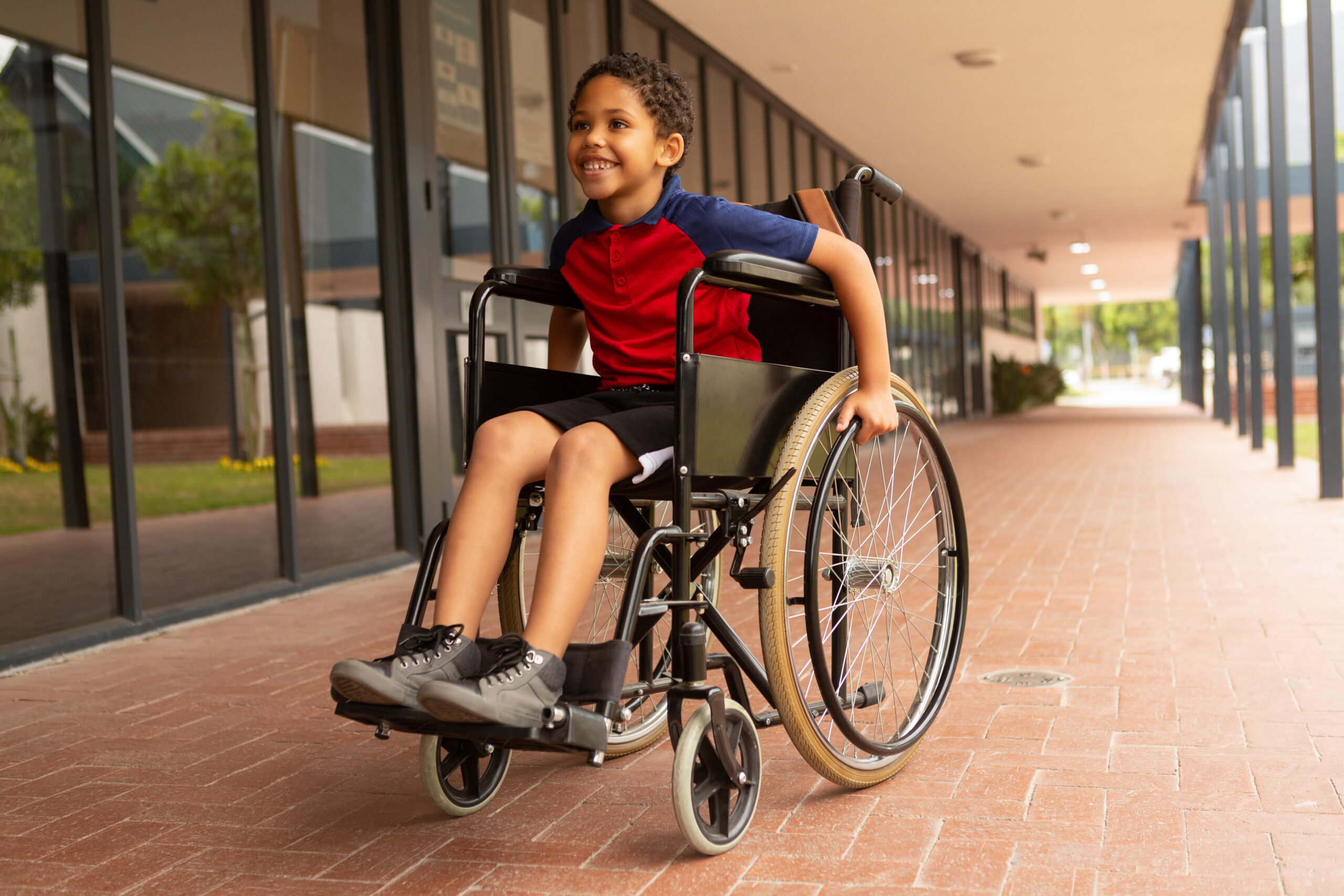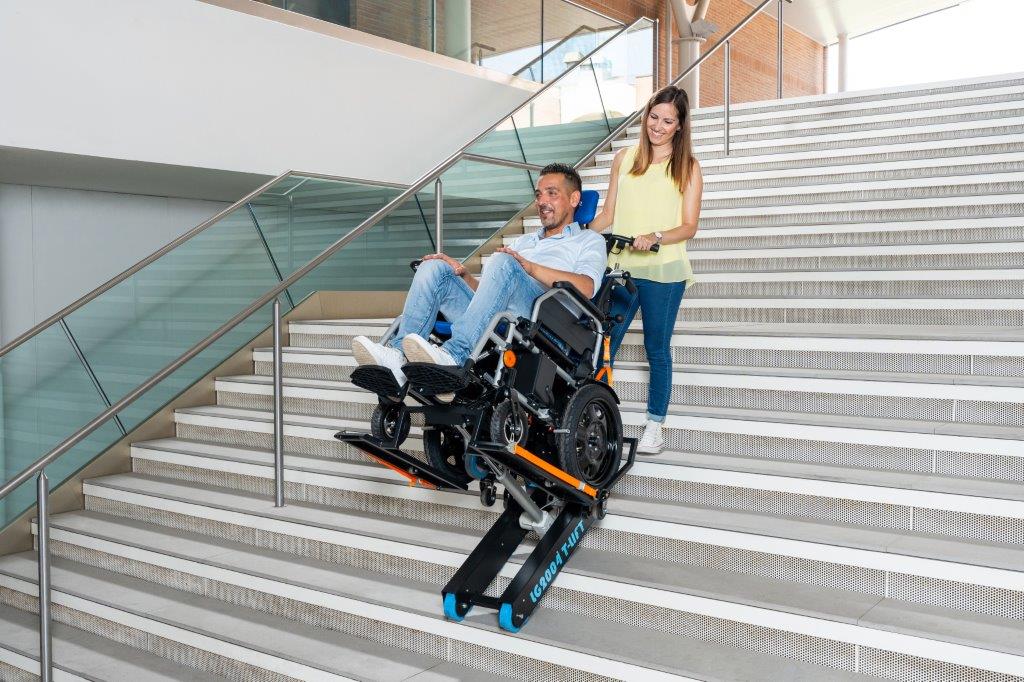Top 3 Mistakes Facilities Managers Make When Choosing Evacuation Equipment And how to avoid them…

25 Years After the Disability Discrimination Act, UK Fire Safety Fails Disabled Residents
Twenty-five years have passed since the UK instituted the Disability Discrimination Act in 1999
Twenty-five years have passed since the UK instituted the Disability Discrimination Act in 1999, a law designed to protect disabled individuals from discriminatory practices. The legislative landscape evolved further with the introduction of the Equality Act and the Public Sector Equality Duty thirteen years later, reinforcing these protections.
Yet, a critical oversight persists: the stark inequity in fire safety measures for disabled and non-disabled residents alike.
Introduced nineteen years ago, the Fire Safety Order mandates that “all persons must be able to evacuate as quickly and safely as possible,” emphasising the necessity of establishing and implementing appropriate procedures, including safety drills, in the face of serious and imminent danger.
Remarkably, this directive includes no exemptions for individuals with disabilities, nor does it compel those who cannot self-evacuate to declare their status. As a result, in 2024, millions of people still live in buildings where, in the event of a fire, safe escape remains unattainable.
In a significant regulatory update four years ago, Approved Document B was amended to align more closely with the Secretary of State’s objectives under requirement B1, asserting that “All people can escape to a place of safety without external assistance.” While alternate standards or guidelines may be employed, they must not compromise on safety.
This adjustment poses a pressing question: How many newly constructed buildings truly meet this vital safety criterion? If compliance is achieved, the necessity for individual emergency plans (PEEPs) is effectively eliminated.
Furthermore, the government’s PEEPs Consultation Impact Assessment, released on June 8, 2021, sheds light on the financial and temporal costs associated with these safety plans.
It reports that developing a PEEP requires two hours at a rate of £20.68 per hour.
For the 37 disabled residents of Grenfell Tower, the total cost to create PEEPs would amount to £1,530—a sum that would increase monthly service charges by merely £12.75 per unit across 120 apartments over a year.
This nominal fee highlights a grievous societal undercurrent: a pervasive sentiment among disabled individuals that their safety, and indeed their lives, are severely undervalued.
Building upon the crucial discussions around fire safety and evacuation protocols, particularly for disabled individuals, companies like Evaccess are stepping into the spotlight by providing innovative solutions that address these longstanding issues.
Evaccess specialises in cutting-edge evacuation technology designed to ensure safe exits for everyone, including those with mobility impairments, from buildings in emergency situations.
Evaccess’s Evacuation Devices:
Stair Climbers:
Evaccess offers a comprehensive range of stair climbers, which are portable devices designed to safely and smoothly transport individuals both up and down stairs in case of an emergency. These devices are incredibly versatile, supporting various types of wheelchairs and can be operated by a single helper.
Their design prioritizes stability and ease of use, ensuring evacuations are less stressful for both the operator and the individual being assisted. It’s important to remember that in some scenarios, evacuation might not only be downward from upper floors but could also involve ascending from below-ground levels, such as basements, to reach safety.
Evacuation Chairs:
These chairs are another essential part of Evaccess’s lineup. Lightweight yet sturdy, evacuation chairs enable quick and secure movement on stairs, facilitating both upward and downward evacuation. The chairs are equipped with features like braking systems for controlled movement and foldable designs for easy storage when not in use.
They are particularly useful in multi-story buildings where elevators cannot be used during fires or other emergencies. When selecting an evacuation device, it’s crucial to consider the specific needs of individuals who regularly use the building and choose the correct equipment to accommodate them, ensuring all potential evacuation routes, including those leading outside and away from the building to a place of safety, are adequately covered.
These devices not only ensure compliance with safety regulations like the Fire Safety Order but also deliver a sense of confidence among residents, particularly those with disabilities, who previously might have felt unsafe or neglected.
Featured Evacuation Products from Evaccess
The LG2004 T-Lift: This state-of-the-art model provides a revolutionary solution for evacuating individuals in wheelchairs. Capable of transporting both a person and their wheelchair up and down stairs, the T-Lift eliminates the need for physical lifting.
With a robust maximum weight capacity of 300 kg and operable by just one person, it ensures a safe and dignified evacuation process. The T-Lift stands out as a vital resource for emergency situations, offering seamless functionality in critical times.
The Gecko: Tailored for adaptability, the Gecko excels in navigating a variety of staircases, including straight, spiral, and flared configurations. Its anti-tilt technology eases the load on operators while ensuring safety and stability, supporting up to 180 kg.
This device is particularly beneficial for buildings with unique architectural features that complicate evacuation routes.
The Super-Trac TRE-70: The TRE-70 is a versatile powered stair climber designed to enhance accessibility and safety in multi-level buildings. It allows for the smooth transportation of individuals in wheelchairs over stairs, without the need for transfer from their chairs. The TRE-70 features a robust design with a substantial load capacity, ensuring it can accommodate a wide range of wheelchair types and sizes.
Explore the full range of Evaccess products here: https://evaccess.uk/products/
Ongoing Support and Services
Training sessions are conducted to ensure that staff are well-equipped to handle the equipment during emergencies. This not only aligns with legal requirements but also fosters a safer, more inclusive environment.
The training curriculum includes “Train the Trainer” and “Operator Training” programs, designed to ensure that staff are well-versed and confident in handling the devices during emergencies. This training empowers teams to act efficiently and safely, minimizing risk and enhancing the effectiveness of evacuations.
For a closer look at their training options, visit their training section: https://evaccess.uk/training/
Equipment Servicing: To maintain the reliability and performance of evacuation devices, Evaccess offers regular servicing conducted by skilled engineers. Routine maintenance checks are essential, and clients are encouraged to periodically test their equipment to detect and resolve issues early, from battery replacements to repairs of external damages.
Compliance with PUWER: Evacuation chairs and stair climbers are subject to the Provision and Use of Work Equipment Regulations (PUWER). This UK regulation requires that all work equipment be kept in good working order and regularly maintained. Under PUWER, it is mandatory that equipment provided for use at work is:
- Suitable for the intended use
- Safe for use, maintained in a safe condition and, in certain circumstances, inspected to ensure this remains the case
- Used only by people who have received adequate information, instruction and training
- Accompanied by suitable safety measures, including signage and access controls
Compliance with PUWER ensures not only the safety and efficiency of the equipment but also that legal standards are met, reducing the risk of liability for the employer. Regular servicing by Evaccess helps fulfil these requirements, ensuring that evacuation chairs and stair climbers are not only effective in emergencies but also compliant with current safety regulations.
The Evaccess Commitment
The Evaccess team is dedicated to supporting you by offering guidance and answering any queries. By choosing Evaccess, facilities managers can meet and exceed modern standards for safety and accessibility, promoting a culture of inclusivity and preparedness in building management.
Call Evaccess for advice and information.
0121 444 3690
Get in. Get Out. Together.



